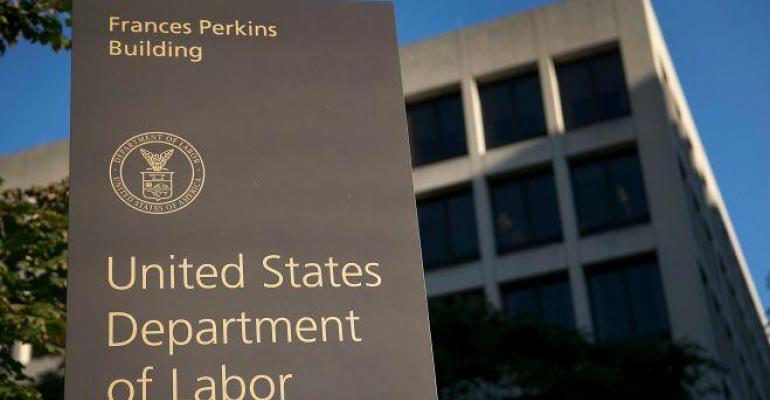In a partial win for brokerage advocates and lawmakers who sought 45 additional days to review the Department of Labor's fiduciary proposal aimed at financial advisors, the agency Friday agreed to extend its public comment period on the regulatory action by just 15.
In recent days, over 20 House of Representative Democrats and about four dozen Republican and Democratic Senators signed letters seeking to extend the public comment period. Of the House Democrats involved, six are members of the House Financial Services Committee, which oversees issues relating to the economy, the banking system, housing, insurance, and securities and exchanges. The National Federation of Independent Business also sent a letter on May 5th seeking a 45-day extension.
“In response to your request and others like it, we have decided to extend the initial 75-day comment period by fifteen days to provide additional time for feedback,” according to a copy of the memo sent to Congresswoman Frederica Wilson (D-Fla.), who was one of the members of Congress seeking additional time on the comment period.
The public got its first look on April 14 at the DOL’s long-awaited proposed fiduciary rule for advisors to retirement accounts. The biggest change from the earlier 2010 may be the "best interest contract exemption." Instead of a five-part test to determine if an advisor is properly acting as a fiduciary under ERISA, the new exemption would require advisors and firms who want to receive certain types of compensation to "formally commit" to clients they will put their best interests first, according to Labor Secretary Thomas Perez.
This new “best interest contract” aspect of the proposal, as well as the proposal’s regulatory impact analysis, has both the industry and Congress concerned.
“Considering the importance, scope and increased size of this proposal, it is vital that our constituents, Congress and all other interested parties have the opportunity to fully understand all of these changes prior to providing the Department with feedback regarding the proposal,” according to a letter sent by House Democrats, dated May 6, 2015.
With this extension, the Labor Department anticipates the opportunity for public comments may be more than 140 days in total. There will be a public hearing within 30 days of the close of the initial comment period, after which the comment period will reopen until approximately two weeks after the hearing transcript is published. Those involved anticipate this process will provide an additional 30 to 45 days of public comment.
In total, a 75-day comment period would in fact have provided between 111 and 127 days of public comment, but the 15-day extension now brings these estimates to over 140 days.
“This is considerably longer than the typical comment period for EBSA’s other proposed rulemakings. The length of the extension takes into account the views of stakeholders who have asked the Department not to alter its timeline for the comment period at all,” the DOL staff wrote.
“We believe that this accommodation will provide adequate time for the public to provide their input on this issue and for the Administration to continue its dialogue with the stakeholder community.”
Congresswoman Wilson praised the move, saying that while it was not the 45 days originally requested, the additional 15 days will give stakeholders more time to provide the comprehensive comments. "The potential impact to low-income investors is too great for us to give stakeholders too little time to respond to this rule,” she added.
A notice announcing this extension of the comment period, as well as the dates of the public hearings, which will take place during the week of August 10, 2015, will be published in a forthcoming edition of the Federal Register.





